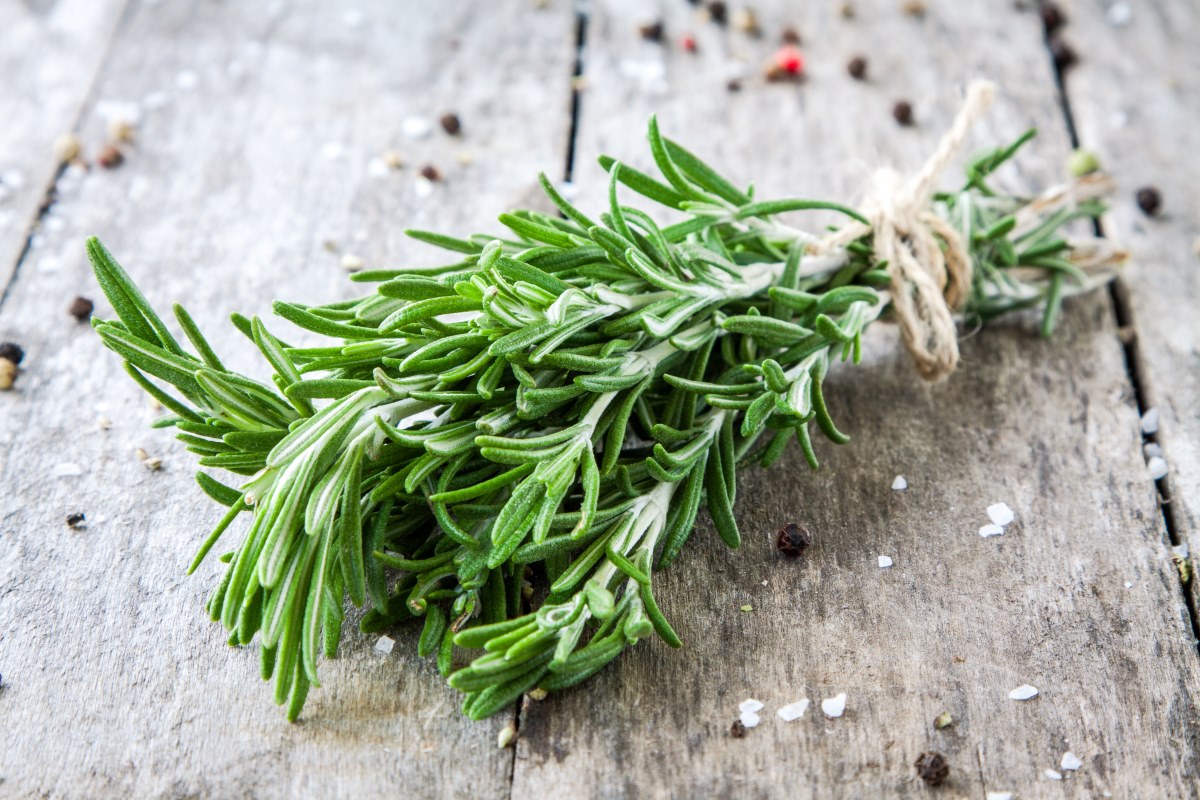

Articles
How To Store Fresh Cut Rosemary
Modified: February 22, 2024
Learn the best methods for storing fresh cut rosemary in this informative article. Keep your herbs fresh and flavorful for longer with our expert tips and tricks.
(Many of the links in this article redirect to a specific reviewed product. Your purchase of these products through affiliate links helps to generate commission for Storables.com, at no extra cost. Learn more)
Introduction
Fresh rosemary is a versatile and aromatic herb that adds a delightful flavor to various dishes. Whether you grow your own rosemary or purchase it from a local farmer’s market or grocery store, it’s important to know how to properly store it to maintain its freshness and flavor for as long as possible. In this article, we will explore the importance of storing fresh cut rosemary correctly, the materials you will need for storage, step-by-step instructions to follow, common mistakes to avoid, and some tips for using stored rosemary.
Properly storing fresh cut rosemary not only prolongs its shelf life but also helps retain its vibrant aroma and flavor. When stored incorrectly, rosemary can quickly lose its potency and become dried out and flavorless.
By following the correct storage methods, you can ensure that your fresh cut rosemary remains fresh and full of flavor, ready to be used in your favorite recipes whenever you need it. So, let’s delve into the details of storing fresh cut rosemary and enjoy the benefits of this fragrant and versatile herb for longer periods of time.
Key Takeaways:
- Properly storing fresh cut rosemary is crucial to preserve its flavor, aroma, and quality. Follow the step-by-step instructions and avoid common mistakes to ensure your rosemary remains fresh and aromatic for an extended period.
- Make the most out of your stored fresh cut rosemary by infusing oils, adding it to roasted vegetables, creating herb butter, and enhancing grilled meats. Experiment with different recipes to enjoy the delightful taste and aroma of this versatile herb.
Read more: How To Store Fresh Rosemary
Why is it important to store fresh cut rosemary properly?
Properly storing fresh cut rosemary is crucial for several reasons. First and foremost, it helps to preserve the herb’s flavor and aroma. Rosemary contains essential oils that give it its distinct fragrance and taste. When stored improperly, these oils can dissipate quickly, resulting in a loss of flavor and aroma. By storing rosemary correctly, you can maintain its freshness and enjoy its full flavor profile in your culinary creations.
Another reason to store fresh cut rosemary properly is to extend its shelf life. Like any other herb or vegetable, rosemary is susceptible to spoilage. If not stored correctly, it can wilt, dry out, and develop mold or bacteria, rendering it unusable. When stored properly, rosemary can stay fresh and retain its quality for a longer period, allowing you to make the most out of your harvest or store-bought bunch.
In addition to taste and shelf life, properly stored rosemary also offers convenience. When you have fresh rosemary readily available, it becomes easier to incorporate it into your daily cooking. Whether you’re adding it to marinades, tossing it into roasted vegetables, or infusing it in oils, having well-preserved rosemary ensures that you always have a flavor-enhancing ingredient at your fingertips.
Furthermore, storing fresh cut rosemary properly can be a cost-effective measure. By extending its shelf life, you reduce the chance of wastage and the need for frequent repurchases. This is particularly beneficial if you grow your own rosemary or have access to it in abundance. Proper storage allows you to maximize the use of every sprig, making it an economical choice for avid cooks and herb enthusiasts.
Overall, proper storage of fresh cut rosemary is essential to preserve its flavor, extend its shelf life, enhance convenience, and save on costs. By following the right techniques, you can ensure that your rosemary remains fresh, aromatic, and ready to elevate your dishes with its unique taste and fragrance.
Materials needed for storing fresh cut rosemary
You don’t need a lot of fancy equipment to store fresh cut rosemary. Most of the materials required are likely already available in your kitchen. Here’s a list of the essential items you’ll need:
- Fresh cut rosemary: This is the main ingredient, of course! Make sure you have a bunch of fresh rosemary sprigs that have been cut from the plant.
- Plastic or glass container: Choose airtight containers like plastic or glass jars with lids to store the fresh rosemary. These containers will help keep the herb protected from air and moisture, ensuring its longevity.
- Paper towels or a clean kitchen towel: These are handy to remove any excess moisture from the rosemary and prevent it from becoming damp and potentially rotting.
- Labels or markers: It’s helpful to label your storage containers with the date of harvest or purchase to keep track of the freshness of your rosemary.
While these are the basic materials needed for storing fresh cut rosemary, you may also consider using additional tools like a herb stripper (to remove leaves from the stem) or a food vacuum sealer (to remove air from the storage container) if you have them available. However, they are not essential and can be substituted with everyday items.
By gathering these materials, you’ll be ready to start the process of properly storing your fresh cut rosemary. Ensuring that you have all the necessary tools will help maintain the quality and freshness of the herb, allowing you to enjoy its aromatic and flavorful goodness for an extended period.
Step-by-step instructions for storing fresh cut rosemary
Storing fresh cut rosemary correctly is a simple process that can significantly prolong the herb’s shelf life. Follow these step-by-step instructions to ensure optimal freshness:
- Trim the rosemary: Start by trimming off any wilted or discolored leaves from the rosemary sprigs. This will help enhance the overall appearance and quality of the herb, ensuring that you store only the freshest leaves.
- Rinse and dry: Give the rosemary sprigs a gentle rinse under cold water to remove any dirt or debris. Pat them dry using a paper towel or a clean kitchen towel to remove excess moisture. Drying the rosemary is important to prevent it from becoming damp and susceptible to mold or bacterial growth.
- Prepare the storage container: Choose an airtight container, such as a plastic or glass jar with a lid. Make sure the container is clean and dry before placing the rosemary in it. Additionally, ensure that the container is appropriately-sized to accommodate the length of the sprigs without crushing them.
- Arrange the rosemary: Place the dried rosemary sprigs upright in the container. If you have a large quantity, you can layer them, but ensure that they are not tightly packed. This will allow airflow and prevent the rosemary from becoming moist and rotting.
- Seal the container: Close the lid tightly, creating an airtight seal. This will help keep the rosemary protected from air and moisture, preserving its freshness and flavor.
- Label and store: Use labels or markers to indicate the date of harvest or purchase on the storage container. This will help you keep track of the freshness of the rosemary. Store the container in a cool and dry place away from direct sunlight, such as a pantry or a cupboard.
By following these simple step-by-step instructions, you can ensure that your fresh cut rosemary is stored properly, maintaining its aroma, flavor, and quality for an extended period. With your well-preserved rosemary, you’ll be ready to enhance a wide range of dishes with its delightful essence.
Store fresh cut rosemary by wrapping it in a damp paper towel and placing it in a plastic bag in the refrigerator. This will help keep it fresh for up to two weeks.
Common mistakes to avoid when storing fresh cut rosemary
When it comes to storing fresh cut rosemary, there are a few common mistakes that can lead to the herb losing its flavor and quality prematurely. By being aware of these mistakes and avoiding them, you can ensure that your rosemary stays fresh and aromatic for as long as possible. Here are some common mistakes to avoid:
- Leaving the rosemary wet: Moisture is the enemy of fresh herbs. Make sure to thoroughly dry your rosemary before storing it. Excess moisture can lead to rot and the growth of mold or bacteria, causing the herb to spoil quickly.
- Storing in a non-airtight container: Rosemary needs airtight storage to remain fresh. Avoid using containers without lids or those that don’t create a tight seal. Exposure to air can cause the herb to dry out and lose its flavor.
- Storing near heat sources: Heat can accelerate the deterioration of rosemary. Avoid storing it near stoves, ovens, or other heat-emitting appliances. The warmth can cause the herb to wilt and lose its potency.
- Not trimming the rosemary: Before storing, make sure to trim off any wilted or discolored leaves. Leaving them on can promote the spread of decay to the healthy parts of the herb.
- Storing with other produce: Rosemary has a strong aroma that can transfer to other fruits and vegetables nearby, affecting their flavors. Keep it separate from other produce to prevent flavor contamination.
- Not labeling the storage container: Without proper labeling, it can be challenging to keep track of the freshness of your rosemary. Always label the storage container with the date of harvest or purchase to ensure you use the herb before its quality declines.
- Freezing without blanching: If you choose to freeze your rosemary for long-term storage, blanching it prior is crucial. Blanching helps preserve the flavor and color of the herb, ensuring better quality when thawed.
- Storing for too long: While proper storage can extend the shelf life of rosemary, it’s important to use it within a reasonable time frame. Even when stored correctly, rosemary will gradually lose its aroma and flavor over time. Check for signs of deterioration and use the herb before it becomes stale or tasteless.
By avoiding these common mistakes and implementing proper storage techniques, you can maintain the freshness and quality of your fresh cut rosemary, ensuring that it enhances your culinary creations with its aromatic and flavorful characteristics.
Read more: How To Store Cut Rosemary
Tips for using stored fresh cut rosemary
Having properly stored fresh cut rosemary on hand allows you to enhance your dishes with its delightful flavor and aroma whenever you need it. Here are some tips for making the most out of your stored rosemary:
- Remove leaves from stems: When using stored rosemary, it’s best to remove the leaves from the stems before adding them to your dishes. The leaves hold the flavor and can be easily chopped or crushed to release their aromatic oils.
- Adjust quantity based on taste: The intensity of rosemary flavor can vary, so start with a small amount and adjust to your taste preferences. Remember, a little goes a long way with this herb.
- Infuse oils and vinegars: Infusing oils or vinegars with rosemary is a wonderful way to extract its flavor and create delicious dressings or marinades. Simply add a sprig of rosemary to the bottle and allow it to steep for a few weeks before using.
- Add to roasted vegetables: Rosemary pairs exceptionally well with roasted vegetables. Toss them with a drizzle of olive oil, sprinkle with chopped rosemary, and roast until tender for a flavorful side dish.
- Create herb butter: Blend chopped rosemary into softened butter for a compound butter that can be used to season meats, spread on bread, or flavor roasted potatoes.
- Infuse in sauces and soups: Add a few sprigs of rosemary to sauces, soups, or stews to infuse them with a rich and aromatic flavor. Remember to remove the sprigs before serving.
- Enhance grilled meats: Rosemary adds a fantastic flavor to grilled meats. Skewer sprigs of rosemary onto kebabs, use them as a bed for grilled fish, or sprinkle chopped rosemary on top of steaks or chicken breasts before grilling.
- Bake with rosemary: Incorporate rosemary into your baked goods for a unique twist. It complements flavors like lemon, garlic, and olive oil, making it a great addition to bread, scones, or even cookies.
Remember, the flavor of stored rosemary may slightly diminish compared to fresh rosemary, but it can still add wonderful depth to your dishes. Be creative and experiment with different recipes to find your favorite way to use this versatile herb.
With these tips, you can make the most out of your stored fresh cut rosemary and elevate your culinary creations with its delightful taste and aroma. Enjoy the versatility and flavor that this herb brings to your cooking!
Conclusion
Properly storing fresh cut rosemary is essential to preserve its flavor, aroma, and quality for as long as possible. By following the right techniques, you can ensure that your rosemary remains fresh and fragrant, ready to enhance a variety of dishes with its unique taste and aroma.
In this article, we discussed the importance of storing fresh cut rosemary correctly. We explored the materials you will need, step-by-step instructions for storing, common mistakes to avoid, and tips for using stored rosemary.
By storing fresh cut rosemary properly, you can maintain its vibrant green color, enticing fragrance, and potent flavor. Whether you grow your own rosemary or purchase it, these storage techniques will help you make the most of this versatile herb.
Remember to trim and dry the rosemary before storing, use airtight containers to protect it from air and moisture, avoid storing near heat sources, and label your containers for easy identification. By following these guidelines, you can prolong the shelf life of your rosemary and enjoy its benefits for an extended period.
Additionally, we provided tips for using stored rosemary, such as infusing oils, adding it to roasted vegetables, creating herb butter, and enhancing grilled meats. These practical suggestions will inspire you to incorporate rosemary into your culinary creations and explore its versatility in different recipes.
In conclusion, proper storage of fresh cut rosemary is key to maintaining its quality and flavor. By following the guidelines and tips outlined in this article, you can ensure that your rosemary remains fresh, aromatic, and ready to elevate your dishes with its delightful essence. So go ahead, store your rosemary correctly and savor the fantastic flavors it brings to your cooking!
Frequently Asked Questions about How To Store Fresh Cut Rosemary
Was this page helpful?
At Storables.com, we guarantee accurate and reliable information. Our content, validated by Expert Board Contributors, is crafted following stringent Editorial Policies. We're committed to providing you with well-researched, expert-backed insights for all your informational needs.


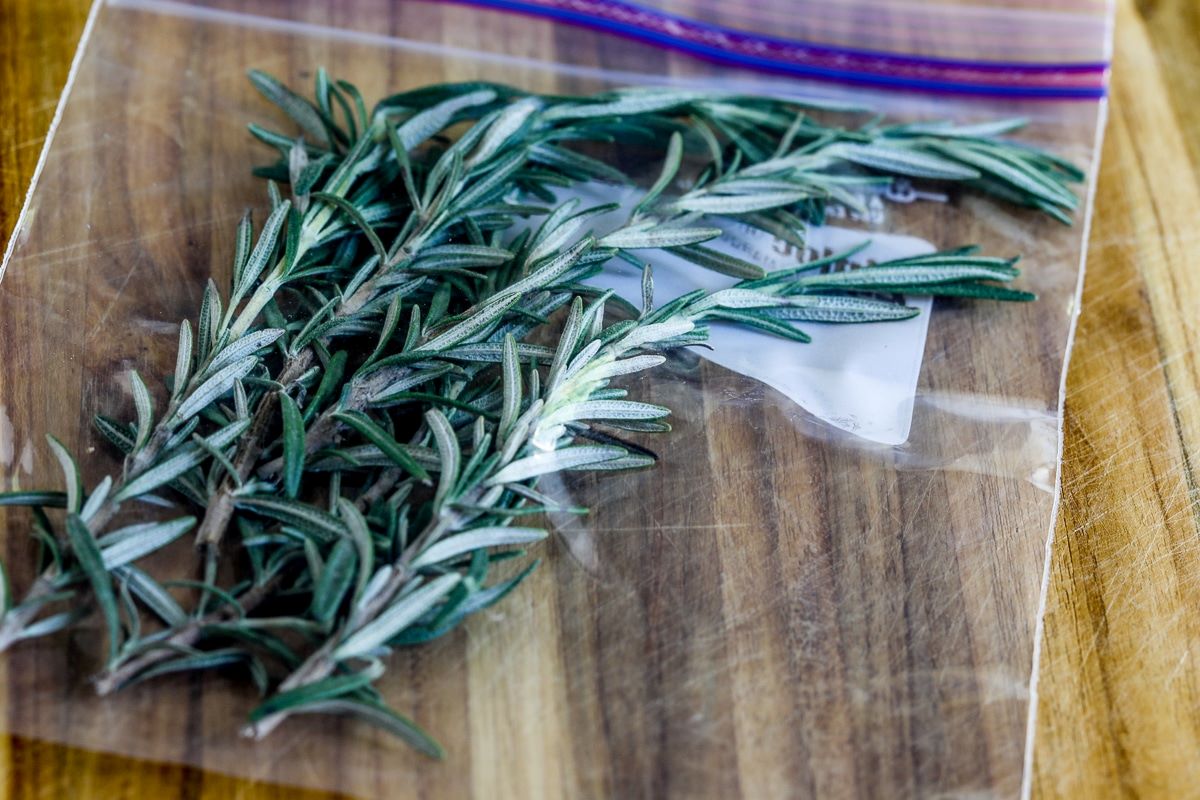
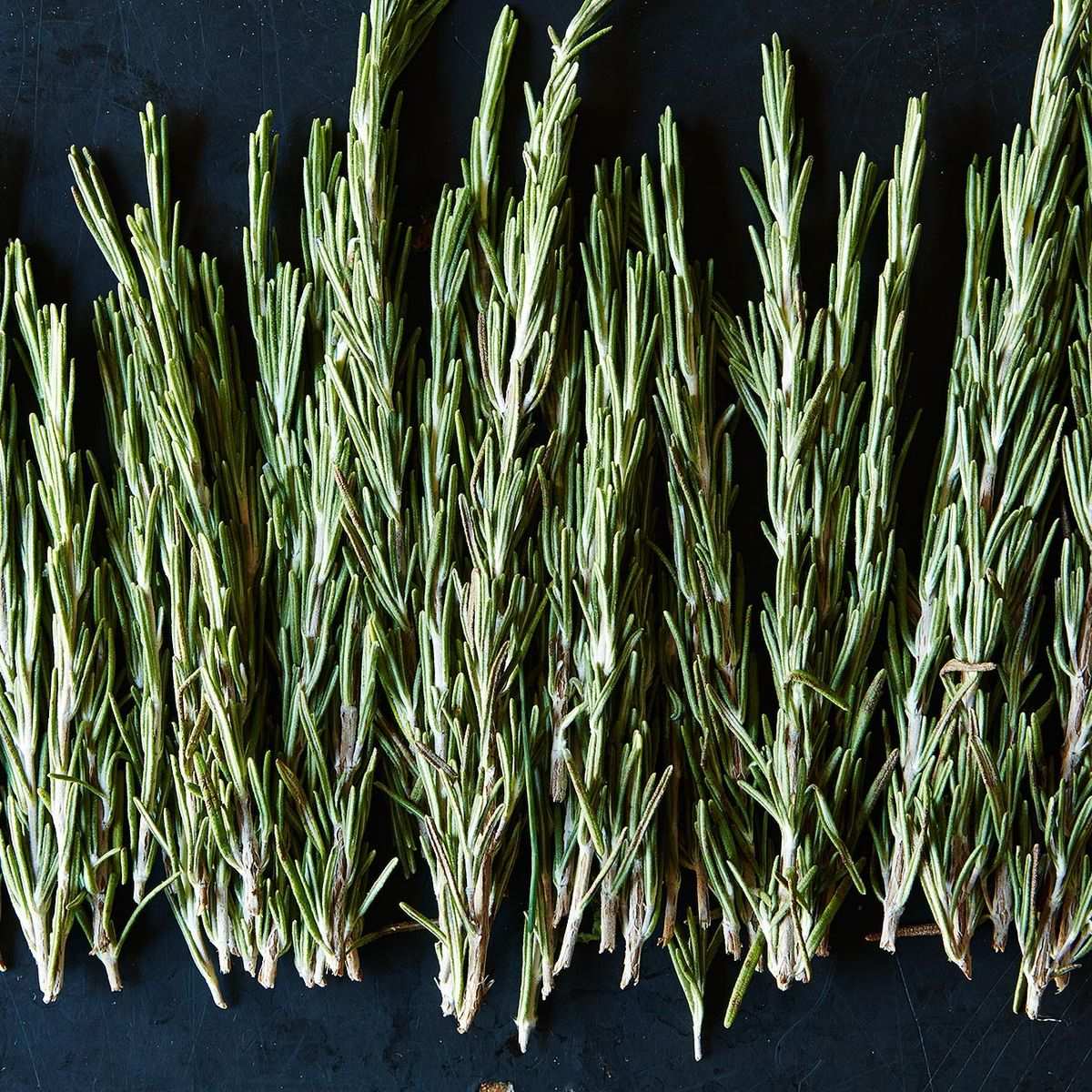
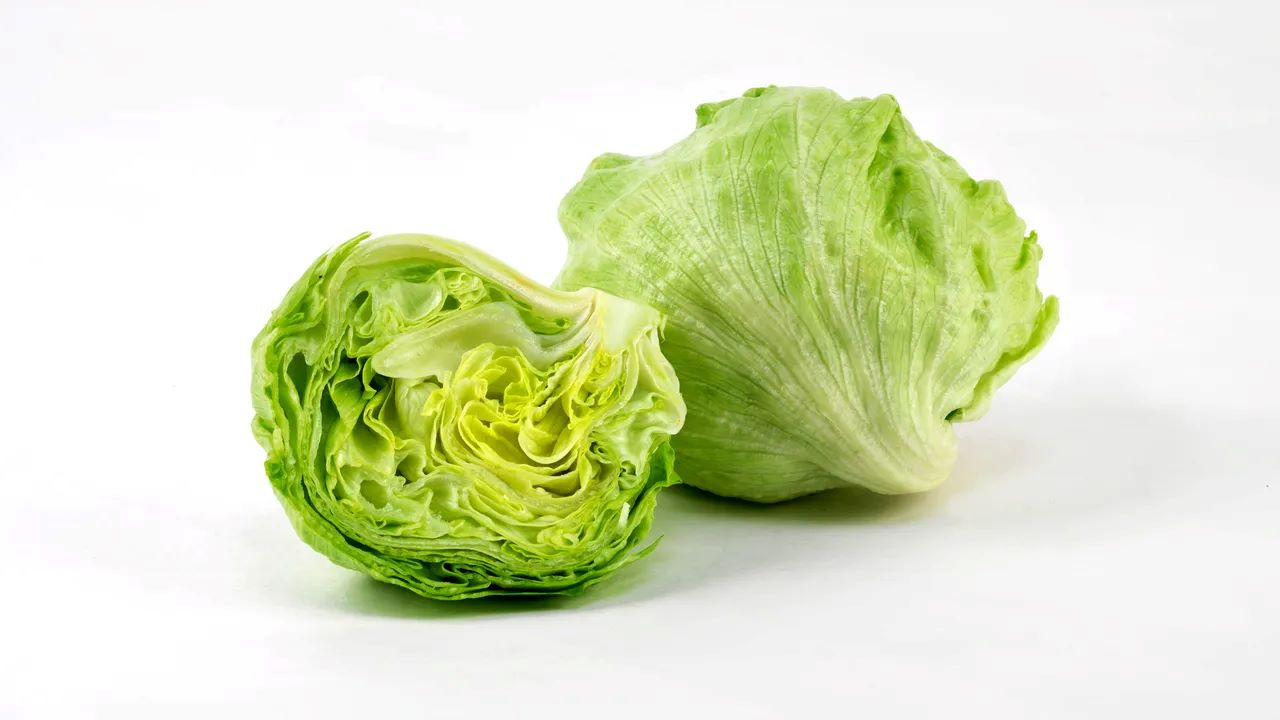

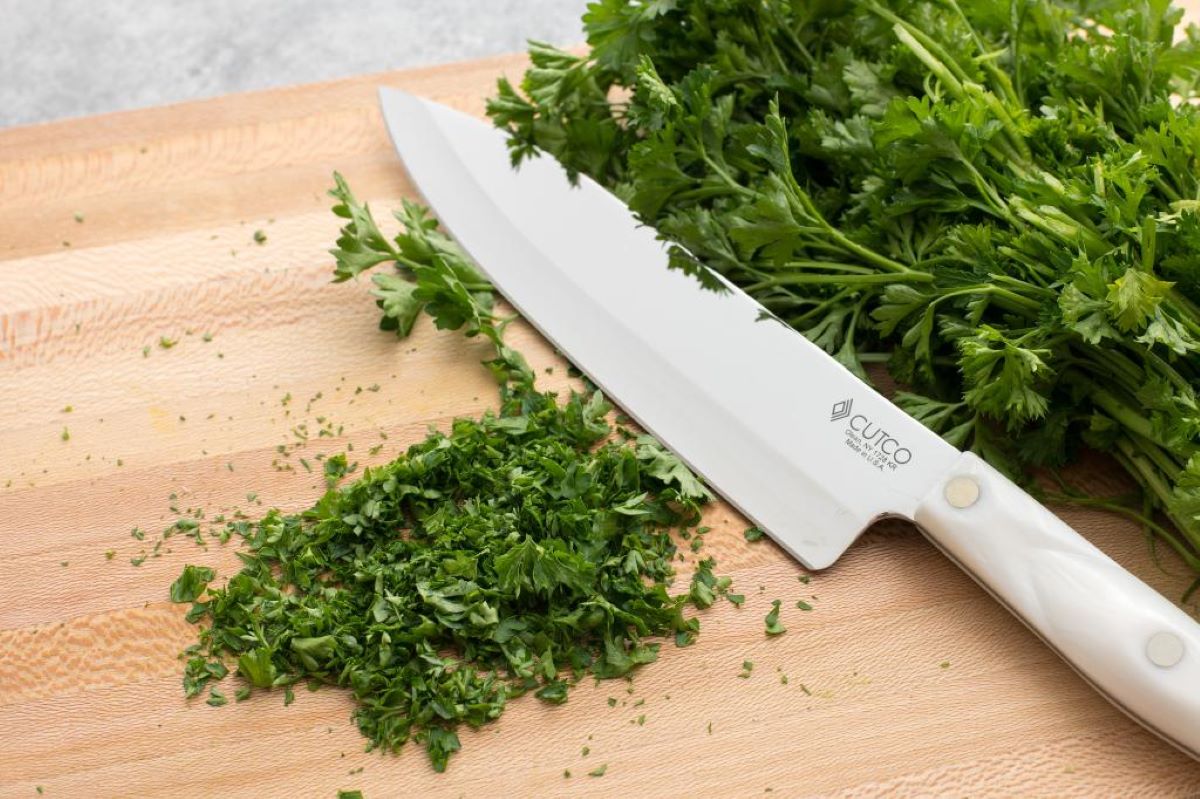
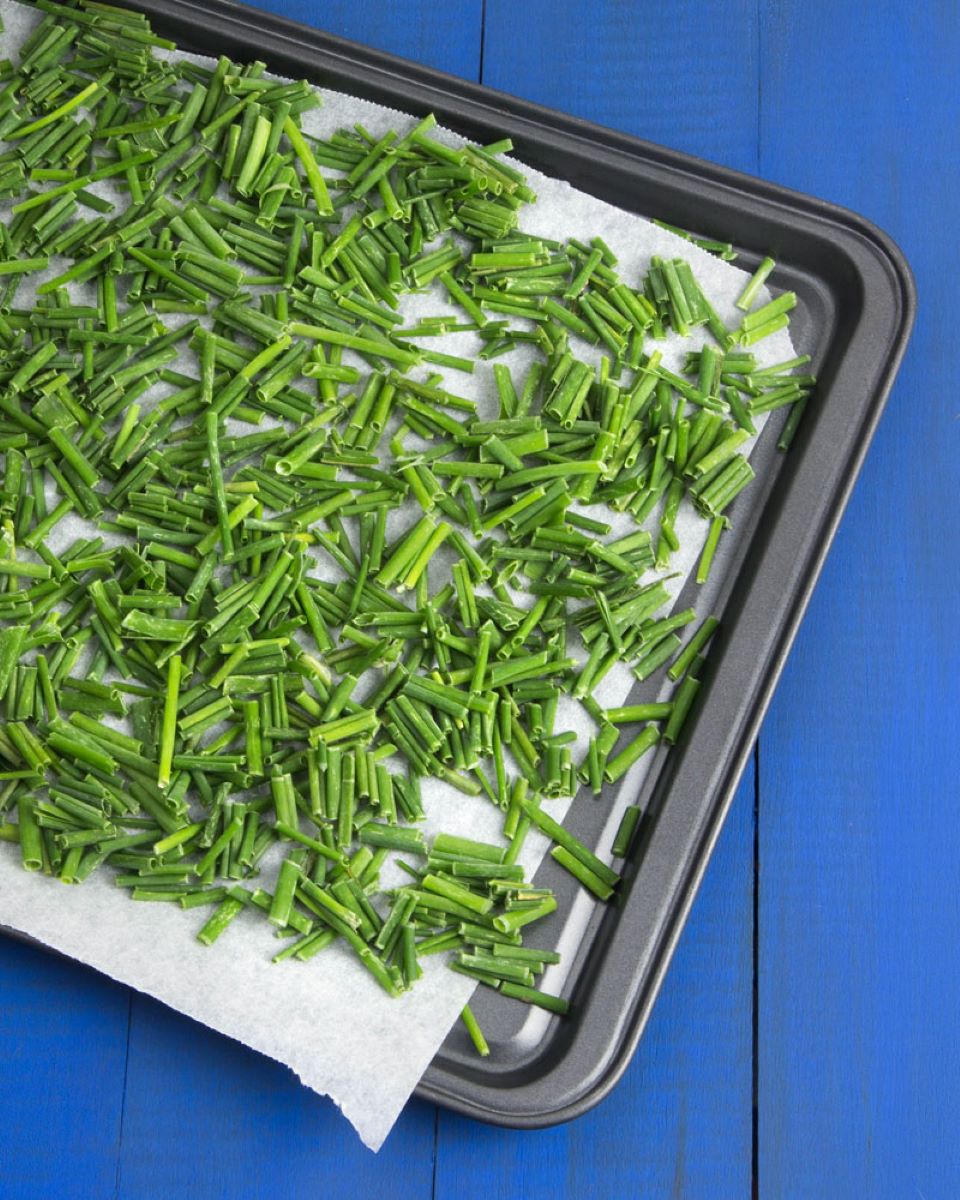

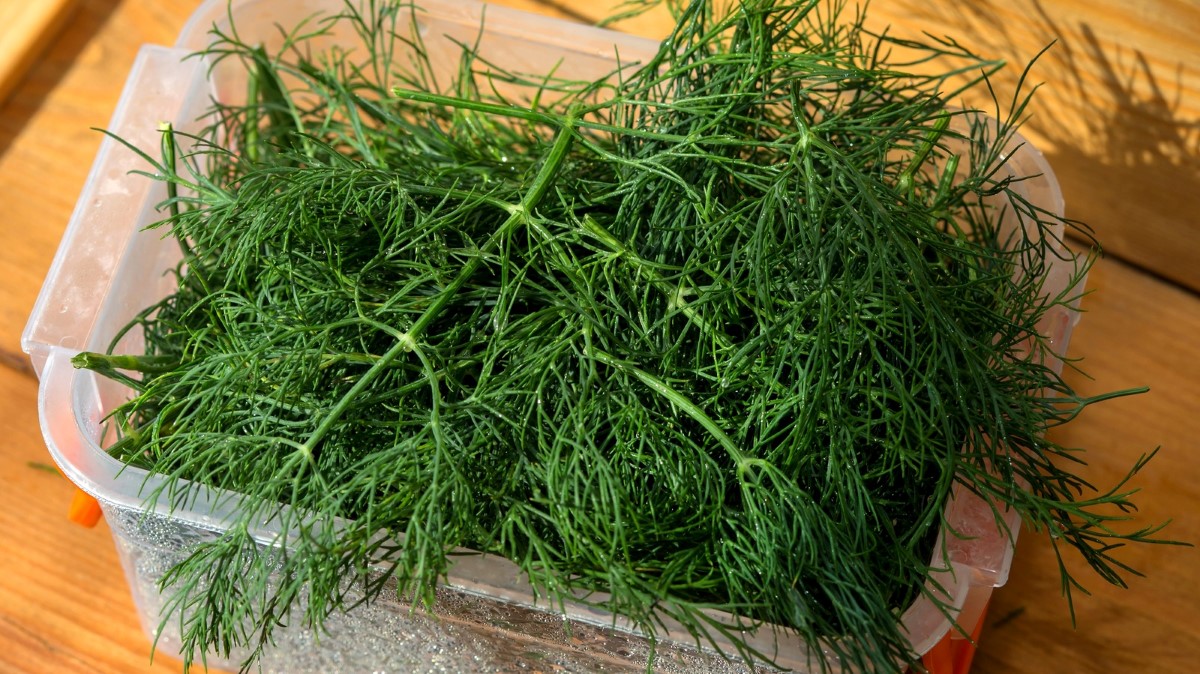
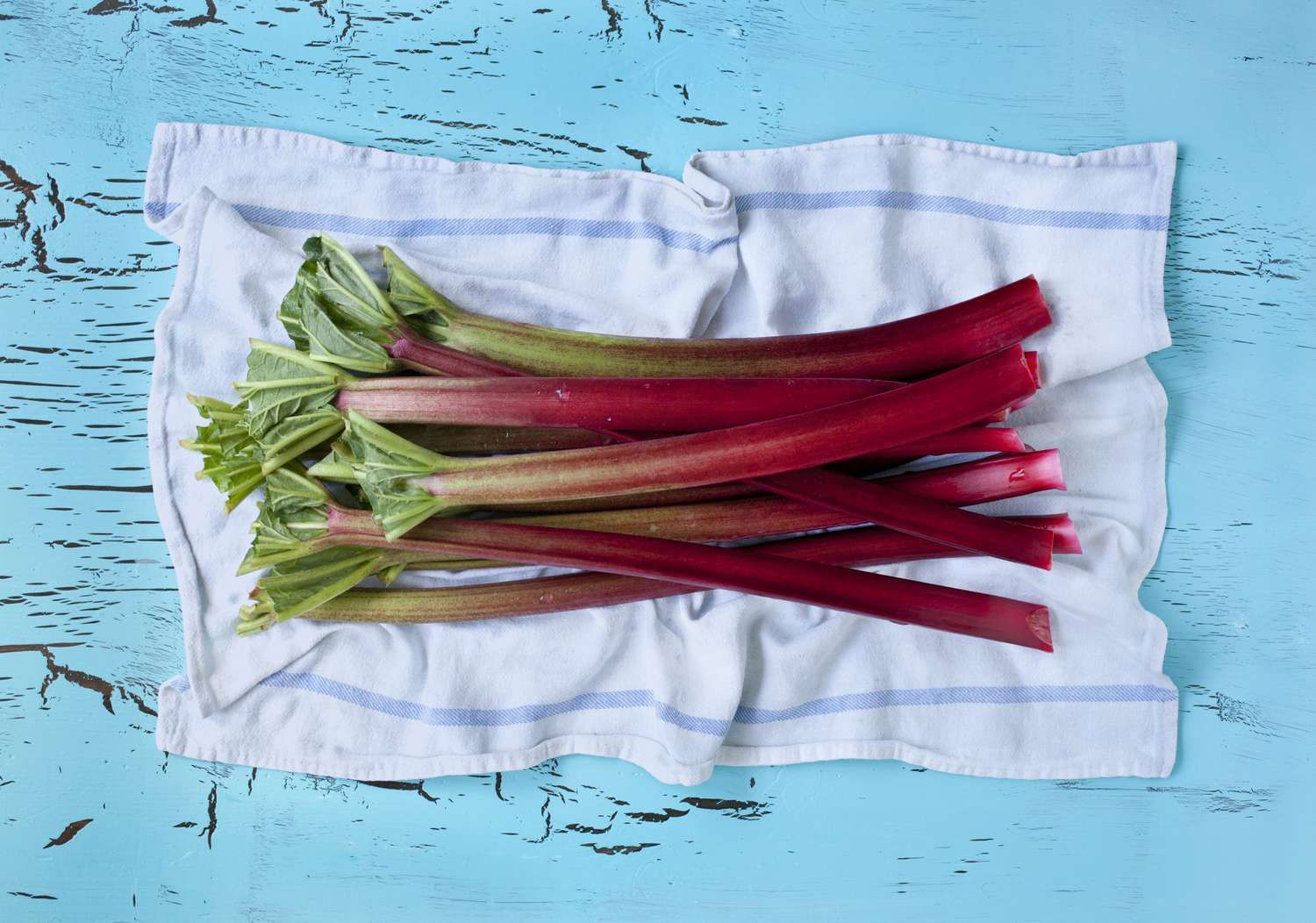
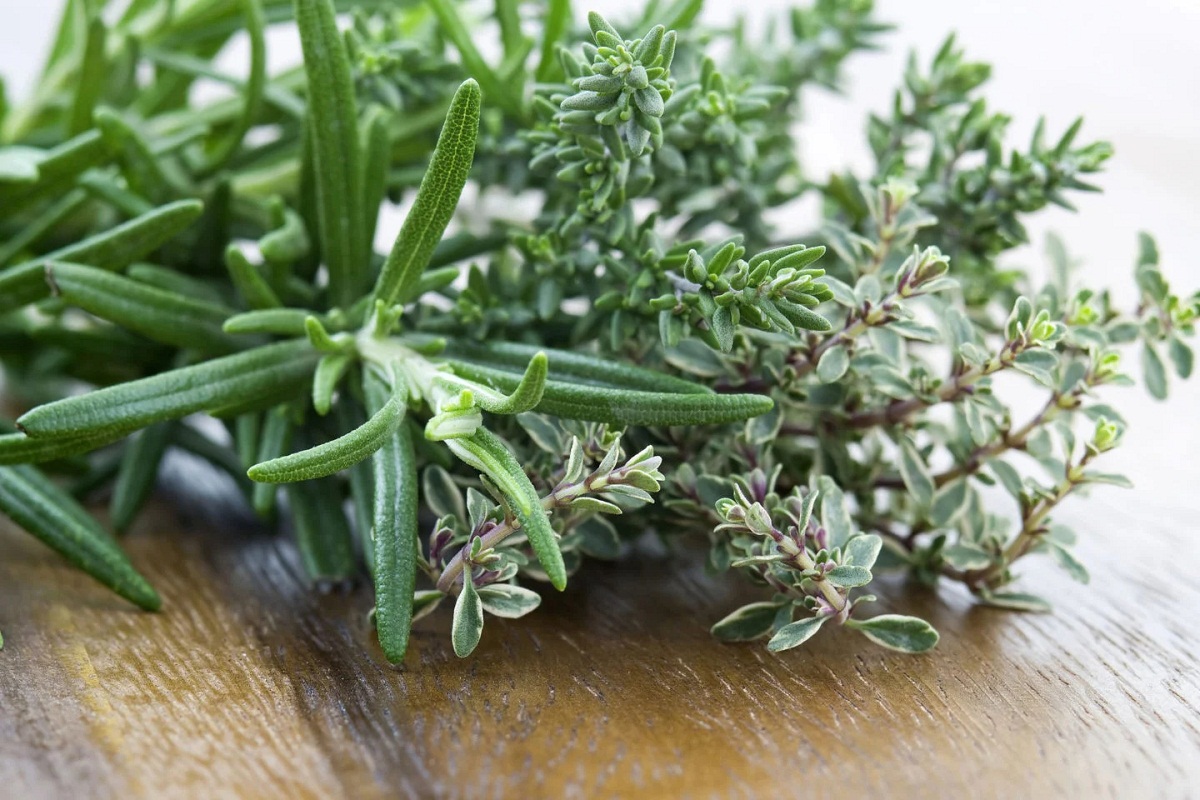
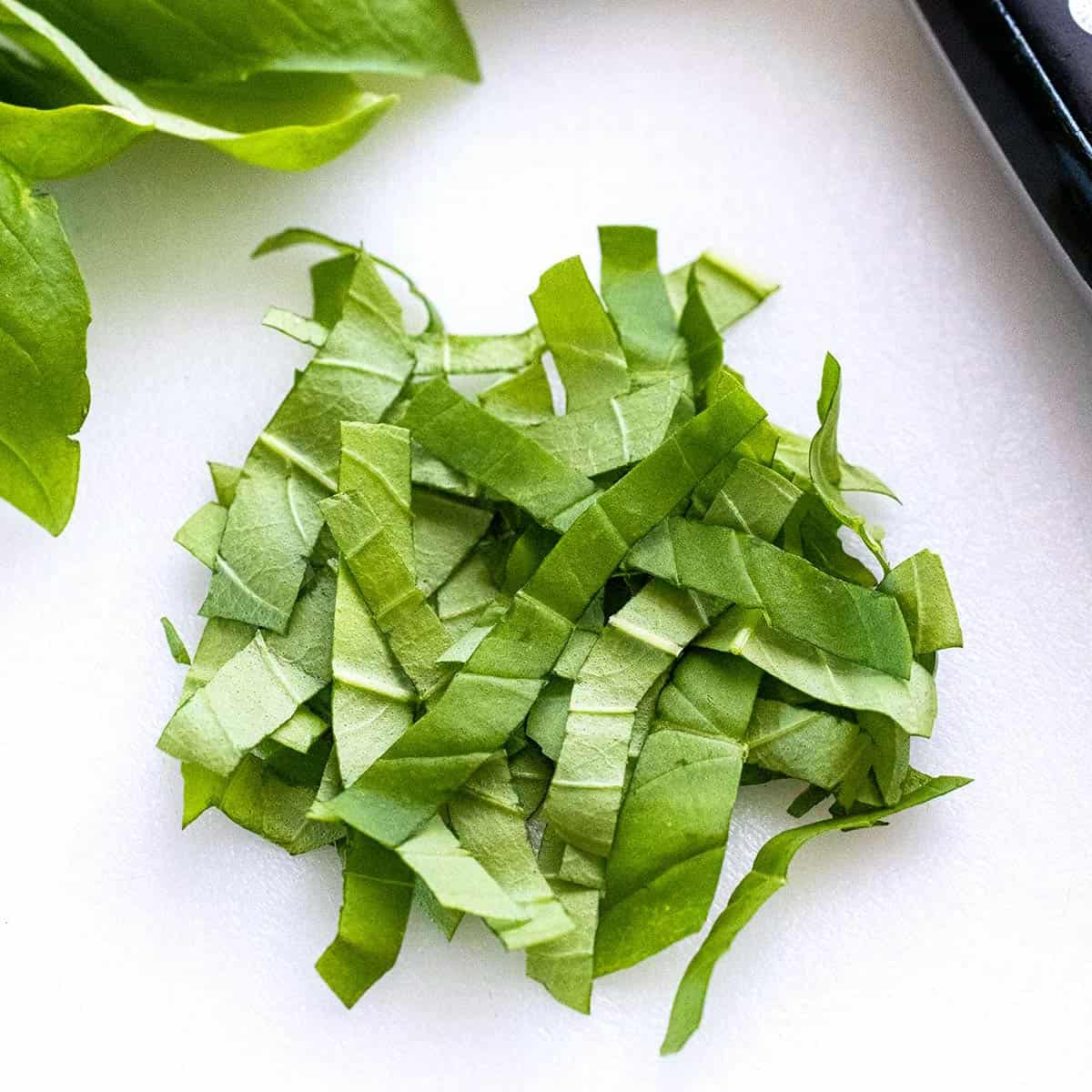


0 thoughts on “How To Store Fresh Cut Rosemary”